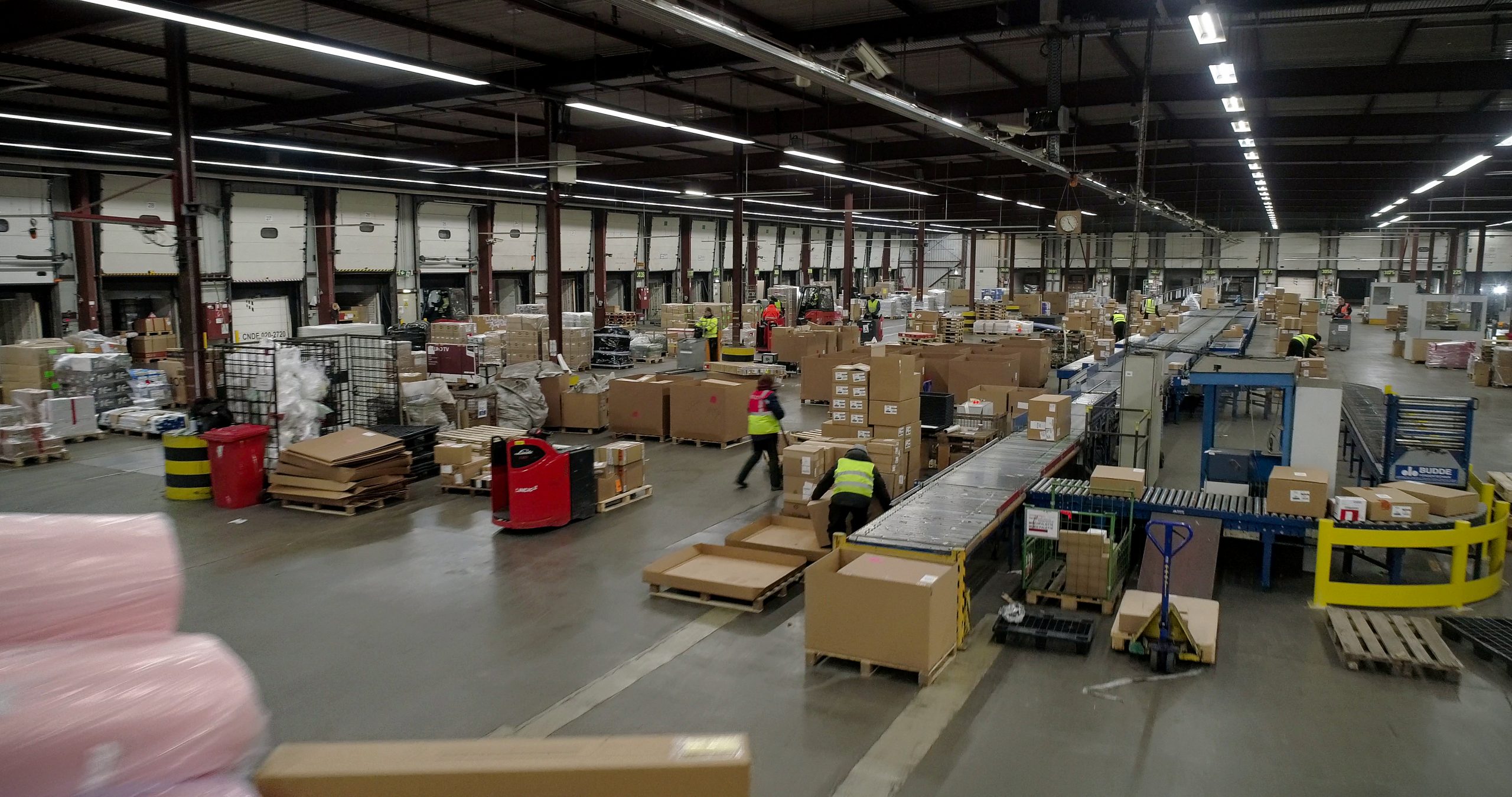
Intratransport: Optimised paths for better performance
System Alliance Hub Betriebsgesellschaft prepared its hall reorganisation to the finest detail. “We analysed the data, reports and simulations for a good nine months and held process workshops before deciding on a new hall layout,” reveals operations manager Frank Spangenberg. It’s no wonder: for the team, a successful and long-tested system was at stake.
"As always the key is to fine-tune things and thus systematically change processes," explains Spangenberg. ”Data analysis can show where action is needed. Combined with the technical expertise of employees from different areas, and you have the new goal,” he adds.
The goal in sight: Greater efficiency in goods handling
After developing various concepts, the next step was to clarify the practical feasibility of each individual process step. We finalised the optimisation measures and kicked off the information and training phase. “This reorganisation planning phase was extremely important to gain acceptance of the changes among all those involved in operations,” says Spangenberg.
“We have opted for a greater division of labour,” says Spangenberg in summarising the new concept. As individual employees change their tasks over the course of a shift, their understanding of the overall process increases. Long-established responsibilities, such as those for relations, were abolished and replaced by spatial and temporal changes in the areas of activity. This brings variety and relieves stress, as confirmed by our employees.
"We have decided to divide work more."
Frank Spangenberg, Operations Manager
In the end, it all happened very quickly. The structural changes, i.e. the adaptation of hardware and software as well as the new processes with changed tasks and responsibilities, went live overnight. Our employees successfully conducted training of the new processes in real operation. To support this, we increased manpower to ensure timely loading and punctual truck departures and to guarantee delivery times to customers despite the changeover.
The reorganisation has shortened unloading times by one hour and optimised internal transport from the unloading to the loading zones. This not only saves kilometres every shift, but also energy for operating low-floor vehicles. Spangenberg plans to increase productivity even more in the future: “There are always ways we can improve our performance even further,” he says confidently.




